DIRECTV’s Big Knockout Boxing (BKB) Series was originally introduced to bring boxing back to its roots and to entertain those fans that treasure an engaged, brawling style of boxing that has, in many ways, left the mainstream. Now the series, through a new chip-based tracking technology is looking to take the sport into the future.
Called “Hit Chip,” the technology is used on BKB broadcasts to provide real-time data-filled graphics to viewers. Developed in collaboration with Reality Check Systems (RCS) and StrikeTec, Hit Chip made its PPV debut this year and was seen at the end of June on BKB 3 from Las Vegas.
Although other sports have developed advanced data to tell the story of its events, boxing has been mostly stuck with the same types of stats: thrown punches, landed punches, etc. DIRECTV, RCS, and StrikeTec are looking to bring “Moneyball” to the ring.
Hit Chip leverages Bluetooth sensors embedded in the fighters’ gloves. The chips measure pounds per inch, force, and speed of every punch thrown throughout a bout. That data is than processed by RCS’s punch-validator app and shown on screen as real-time graphics.
“Trainers were getting so much information from this data,” says RCS President Andrew Heimbold. “We realized that, if we could adapt that for a live-television event — which hadn’t been done — we could provide much more quantitative information during the broadcast. Your modern sports fan is used to getting data and a lot more of it than in the past.”
Establishing which data was best for TV was a unique challenge in itself for RCS. In initial testing and demos, company brass sifted through data with StrikeTec and DirecTV to establish the most effective way to use this new data as a storytelling tool.
At first, Heimbold says, punch speed (20-30 mph) didn’t seem to explain much and, frankly, didn’t sound all that impressive without context. Instead, the producers looked to use the data to find comparables that gives the viewer the idea of how special these athletes are. That means using analogies, such as a boxer’s jab is faster than a rattlesnake strike.
“When you are introducing something new like this, you want it to be informative to a fan that’s a seasoned veteran but also be accessible to someone who may be a casual fan,” says Heimbold. “Data needs to be presented in a form that is consistent, usable, and legitimate so people can understand. ”
Since the technology’s debut, tweaks have been made to further advance the technology and data. Now fans can see even more-dynamic graphics and analysis rooted in real-time data: for example, which fighter is gaining or losing ground as the fight progresses. DIRECTV also shows a range of graphics: average force by round, average speed by round, average force current round, average speed current round, max force by round, max speed by round, max force current round, max jab speed all fight, and max power-punch force all fight. All of this is in an effort to allow viewers to notice trends in a bout.
Hit Chip was made possible by an official Nevada Athletic Commission ruling in February. Previously outlawed in Las Vegas, chip-based glove tracking was given unanimous approval to DIRECTV.
